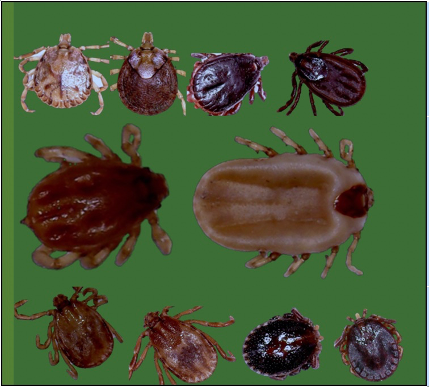Seroprevalence of babesia bigemina in cattle in West-central region of Bhutan
Keywords:
Babesia bigemina, determinants, seropositivity, ticksAbstract
Ticks are considered to be the most important vector of disease-causing pathogens in animals and humans and are therefore of major animal health and public health importance globally. In livestock, it causes significant economic losses in terms of morbidity, mortality, loss of production, control and treatment related costs. In the West-Central region, Rhipicephalus (Boophilus) microplus, the principal arthropod vector for Babesia bigemina, is the most common ixodid tick species found on cattle across five agro-ecological zones (AEZs). Therefore, a survey was conducted to determine the seroprevalence of B. bigemina and its associated risk factors in apparently healthy cattle in the five AEZs of the region. A total of 445 local and crossbred cattle of both sexes and different age groups were sampled using a multi-stage sampling method. Serum antibodies against B. bigemina were estimated using indirect ELISA and expressed as percent positivity. 86% of the cattle in the region were found seropositive for B. bigemina. Using a binomial logistic regression model to predict the likelihood of sero-positivity, the study found that cattle aged 3 years and above (p<0.001) and free-ranging cattle (OR 2.14; 95% CI 1.14, 4.02; p=0.018) had higher odds of B. bigemina seropositivity. Besides, the odds of B. bigemina seropositivity was higher in cattle in wet subtropical, humid subtropical, dry subtropical and warm temperate AEZs as against those in cool temperate zone (p<0.001). However, sex (p=0.369) and breed (p=0.560) did not show statistically significant effect on the seroprevalence of B. bigemina antibodies in cattle. This study found high seroprevalence of Bovine Babesiosis caused by Babesia bigemina in the region indicating high carrier status and endemic stability. Age of cattle, type of grazing system and agro-ecological zones were the predictors that significantly determined B. bigemina seropositivity in cattle in the region. Since the prevalence of other tick-borne pathogens (TBPs)/tick-borne diseases (TBDs) of veterinary significance or zoonotic potential including their distribution in the region are not known, further investigations are recommended to understand the epidemiology of TBPs/TBDs in the region to aid in developing a holistic framework to decrease the burden of ticks and TBPs/TBDs.

Downloads
Published
License
Copyright (c) 2021 Bhutan Journal of Animal Science

This work is licensed under a Creative Commons Attribution 4.0 International License.





